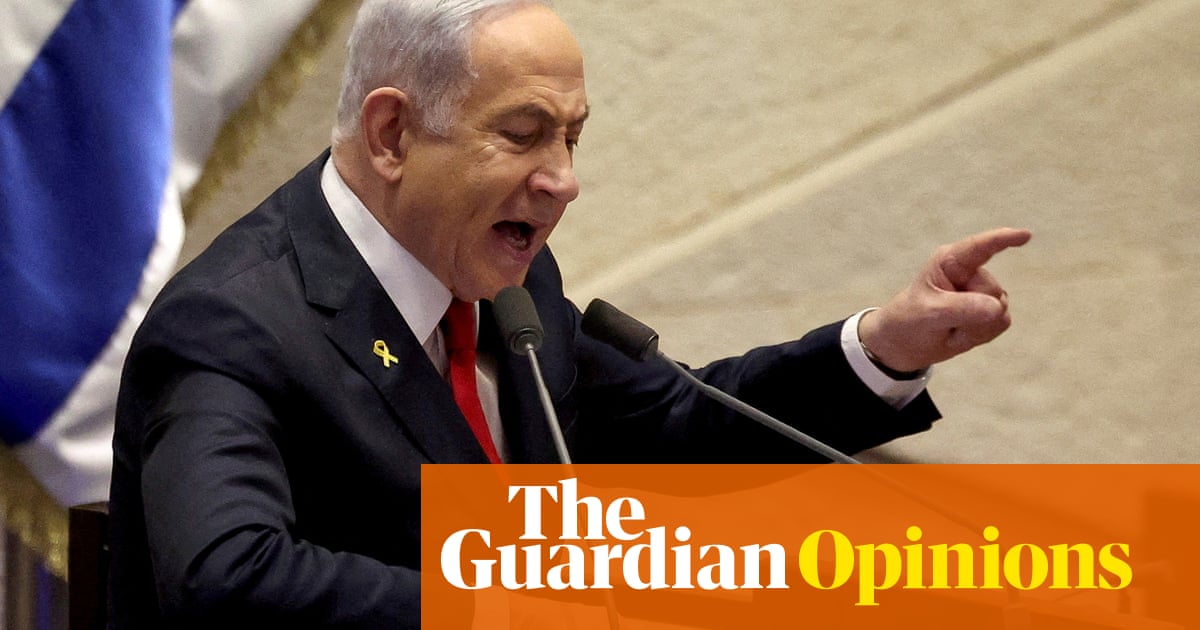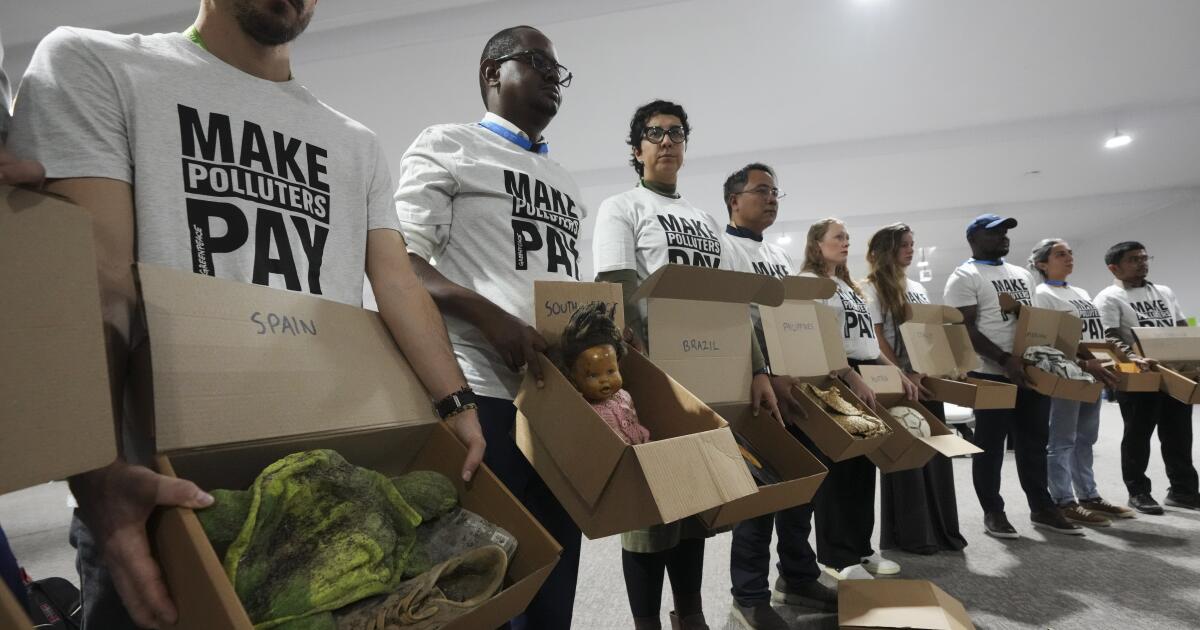The EUR/USD is hanging out around 1.1648, dipping just 0.14%, but still not straying too far from that 1.1700 point. There’s some buzz about Trump and Putin possibly having a sit-down next week, which might lead to a ceasefire in Eastern Europe. However, a stronger US Dollar and chatter about Waller maybe stepping up as the next Fed Chair are putting a lid on the Euro’s gains.
This week, the Euro has been hovering near its recent highs, flirting with 1.1700, boosted by last week’s disappointing US jobs data. This has folks thinking the Federal Reserve might kick off another round of easing. Despite a bit of optimism over a potential end to the Ukraine conflict, due to the potential Trump-Putin meet, the Dollar fought back on Friday, gaining a solid 0.14%.
A few things are holding the Euro back, like the possibility of Stephen Miran taking the helm of the Council of Economic Advisers and rumors about Fed Governor Waller’s next move. Meanwhile, St. Louis Fed President Alberto Musalem, who’d been sounding pretty hawkish, cooled off a bit, highlighting the balancing act the Fed faces between inflation and employment goals.
In Europe, a quiet economic week left traders watching the US scene and keeping an eye out for geopolitical shifts. Coming up, we’ll see inflation numbers from Italy and Germany, plus some economic surveys. Across the pond, it’s all about Fed officials talking shop, jobless claims, retail data, and consumer sentiment readings.
Digging into the data, US jobless claims hit 226K, stirring concerns about a softening job scene. Continuing claims are up to levels not seen since late 2021, adding to worries of a stagflation scenario, just as inflation rises. The Dollar Index nudged up slightly to 98.14, amidst talks of potential Fed rate cuts at the next meeting.
Technically speaking, EUR/USD couldn’t break past 1.1700. Although the RSI is hinting at bullish vibes, it’s taking a breather, signaling some consolidation might be on the way. A move above 1.1700 could shoot it toward 1.1800, but dropping back could mean heading down to 1.1600 or even 1.1500.
On the Euro front, it’s the currency shared by 19 EU nations, second globally in trading, and closely managed by the ECB. Interest rates and inflation are their big game, influencing everything from trading balances to investment flows. Key economic indicators are always watched closely, especially from the major Euro economies like Germany and France, as they guide decisions that impact the Euro’s strength on the world stage.















